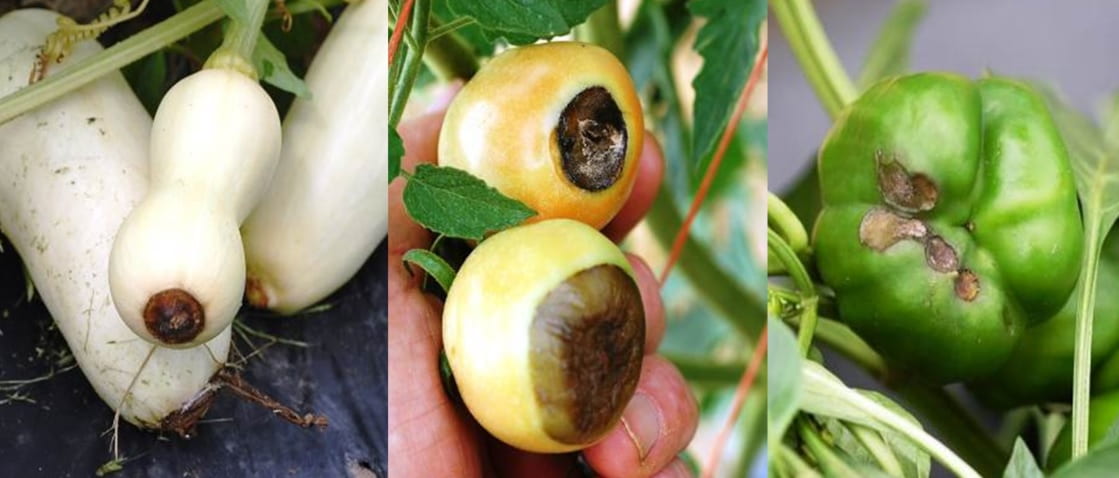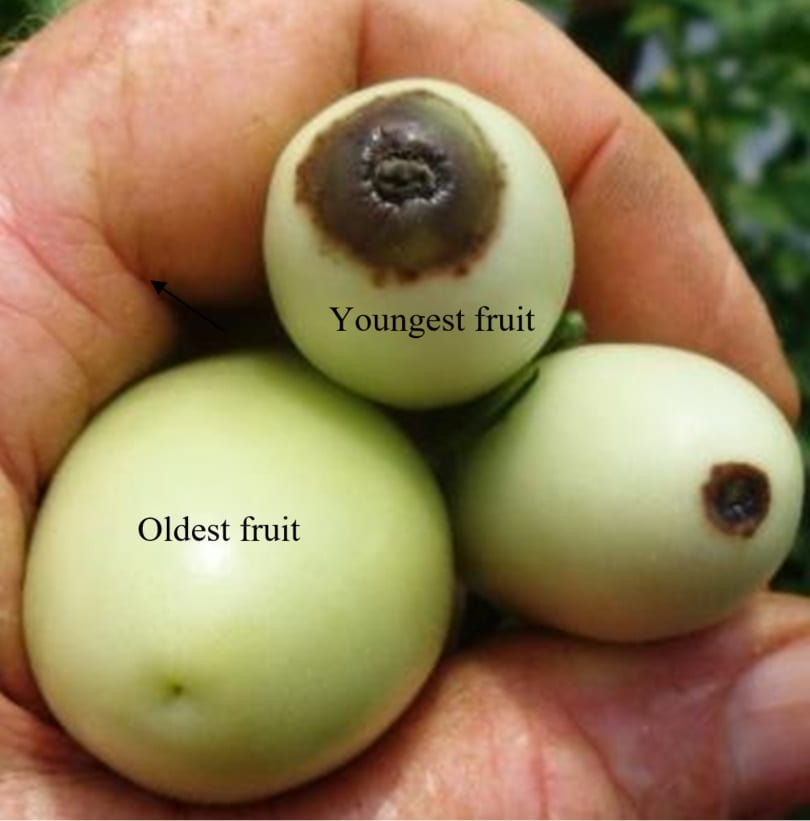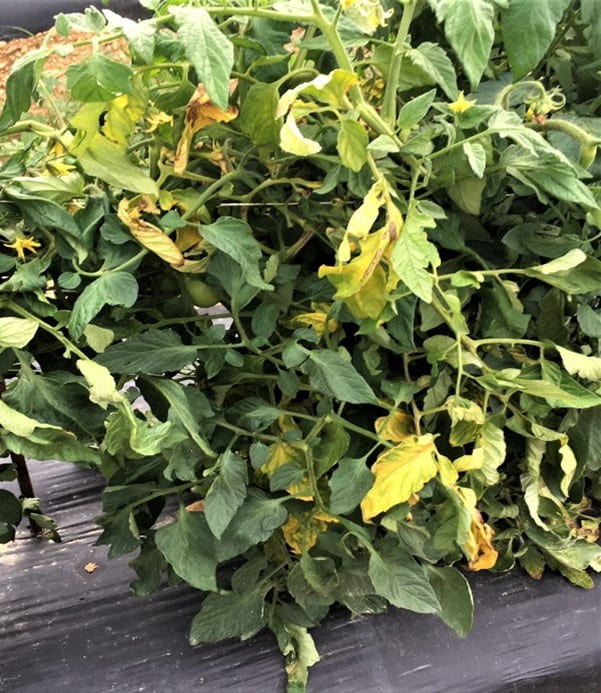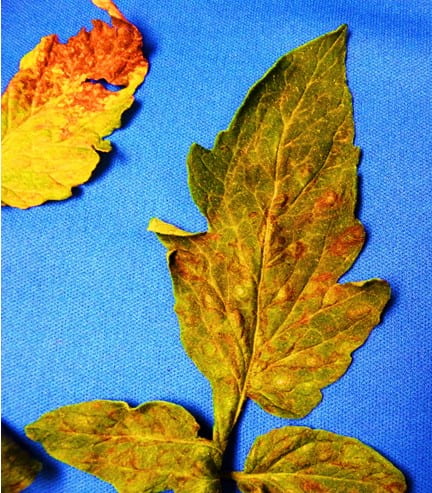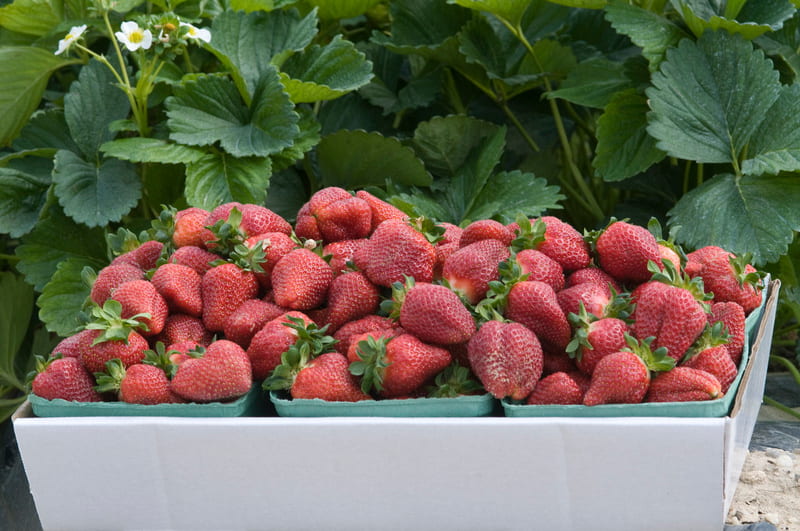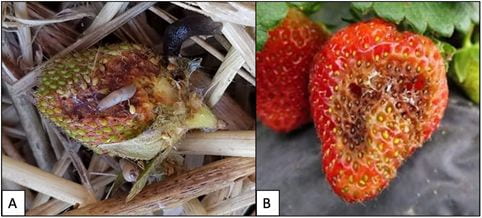By Kurt M. Vollmer, UME Extension Weed Management Specialist
The EPA is proposing several changes to its interim registration review decision for atrazine. The primary issue is the aquatic ecosystem level of concern (CE-LOC). The EPA had previously set this level at 15 ppb, but this was challenged in the Ninth Circuit Court of Appeals. Currently the EPA is proposing a much lower CE-LOC level of 3.4 ppb. This proposed level will have significant impacts on growers’ ability to use atrazine and other triazine products. Labels will also likely include new language to help mitigate the risk to aquatic plant communities. These include:
- restricting atrazine applications when soils are saturated,
- restricting atrazine applications during rain or storm events,
- prohibiting aerial applications,
- and reducing the annual atrazine application rate from 2.5 lbs. to 2 lbs. per acre annually.
Additional information can be found here: https://list.mg2.mlgnserv.com/track/click?u=df0ec74ed0bf23e091847f07c1d2c483&id=c31eec13d8967c36&e=d300d03f14fec2b3https://list.mg2.mlgnserv.com/track/click?u=df0ec74ed0bf23e091847f07c1d2c483&id=c31eec13d8967c36&e=d300d03f14fec2b3. The EPA is currently seeking public comments about the proposed decision (https://www.epa.gov/dockets/commenting-epa-dockets).
In addition the USDA Office of Pest Management Policy is conducting a related survey on atrazine usage practices for farmers involved in corn and sorghum production over the last three years (https://usdaopmp.gov1.qualtrics.com/jfe/form/SV_agW8JjsVXqR4jjg).

